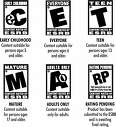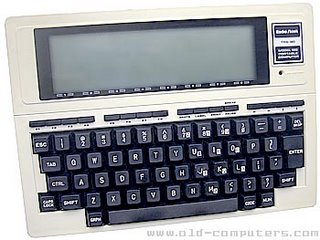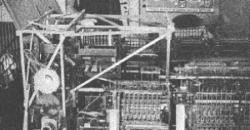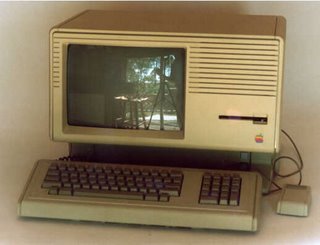


The new age rating system, known as PEGI (Pan European Game Information) will gradually supersede existing national systems successfully operated in a number of countries.
The age brackets are: 3 and over; 7 and over; 12 and over; 16 and over, and 18 and over.
Classification of Audiovisual Media (NICAM). NICAM has already processed dozens of PEGI applications in the early stages of march 2003, and the first products bearing the new PEGI set of logos and descriptors will reach European retail stores towards the end of April. In the United Kingdom, the Video Standards Council (VSC) acts as the agent of NICAM in the administration of PEGI.
ESRB
Short for Entertainment Software Rating Board, ESRB is a rating system that helps parents and others choose games for their children. Below is a listing of some of the ESRB rating symbols that you are most likely going to see on a software product and a description for each of these ratings.
Rating
Description
EC Short for Early Childhood, EC games are best fit for children under the age of 3.
E Short for Everyone, E games are games that are good for all ages of people.
T Short for Teen, T games are games that are best for persons over the age of 13.
M Short for Mature, M games are games that are best for persons over the age of 17.
AO Short for Adults Only, AO games are games that are best for persons over the age of 18.
RP Short for Rating pending, RP are games that have a rating that is still under investigation.


 The new age rating system, known as PEGI (Pan European Game Information) will gradually supersede existing national systems successfully operated in a number of countries.
The age brackets are: 3 and over; 7 and over; 12 and over; 16 and over, and 18 and over.
Classification of Audiovisual Media (NICAM). NICAM has already processed dozens of PEGI applications in the early stages of march 2003, and the first products bearing the new PEGI set of logos and descriptors will reach European retail stores towards the end of April. In the United Kingdom, the Video Standards Council (VSC) acts as the agent of NICAM in the administration of PEGI.
ESRB
Short for Entertainment Software Rating Board, ESRB is a rating system that helps parents and others choose games for their children. Below is a listing of some of the ESRB rating symbols that you are most likely going to see on a software product and a description for each of these ratings.
Rating
Description
EC Short for Early Childhood, EC games are best fit for children under the age of 3.
E Short for Everyone, E games are games that are good for all ages of people.
T Short for Teen, T games are games that are best for persons over the age of 13.
M Short for Mature, M games are games that are best for persons over the age of 17.
AO Short for Adults Only, AO games are games that are best for persons over the age of 18.
RP Short for Rating pending, RP are games that have a rating that is still under investigation.
The new age rating system, known as PEGI (Pan European Game Information) will gradually supersede existing national systems successfully operated in a number of countries.
The age brackets are: 3 and over; 7 and over; 12 and over; 16 and over, and 18 and over.
Classification of Audiovisual Media (NICAM). NICAM has already processed dozens of PEGI applications in the early stages of march 2003, and the first products bearing the new PEGI set of logos and descriptors will reach European retail stores towards the end of April. In the United Kingdom, the Video Standards Council (VSC) acts as the agent of NICAM in the administration of PEGI.
ESRB
Short for Entertainment Software Rating Board, ESRB is a rating system that helps parents and others choose games for their children. Below is a listing of some of the ESRB rating symbols that you are most likely going to see on a software product and a description for each of these ratings.
Rating
Description
EC Short for Early Childhood, EC games are best fit for children under the age of 3.
E Short for Everyone, E games are games that are good for all ages of people.
T Short for Teen, T games are games that are best for persons over the age of 13.
M Short for Mature, M games are games that are best for persons over the age of 17.
AO Short for Adults Only, AO games are games that are best for persons over the age of 18.
RP Short for Rating pending, RP are games that have a rating that is still under investigation.







